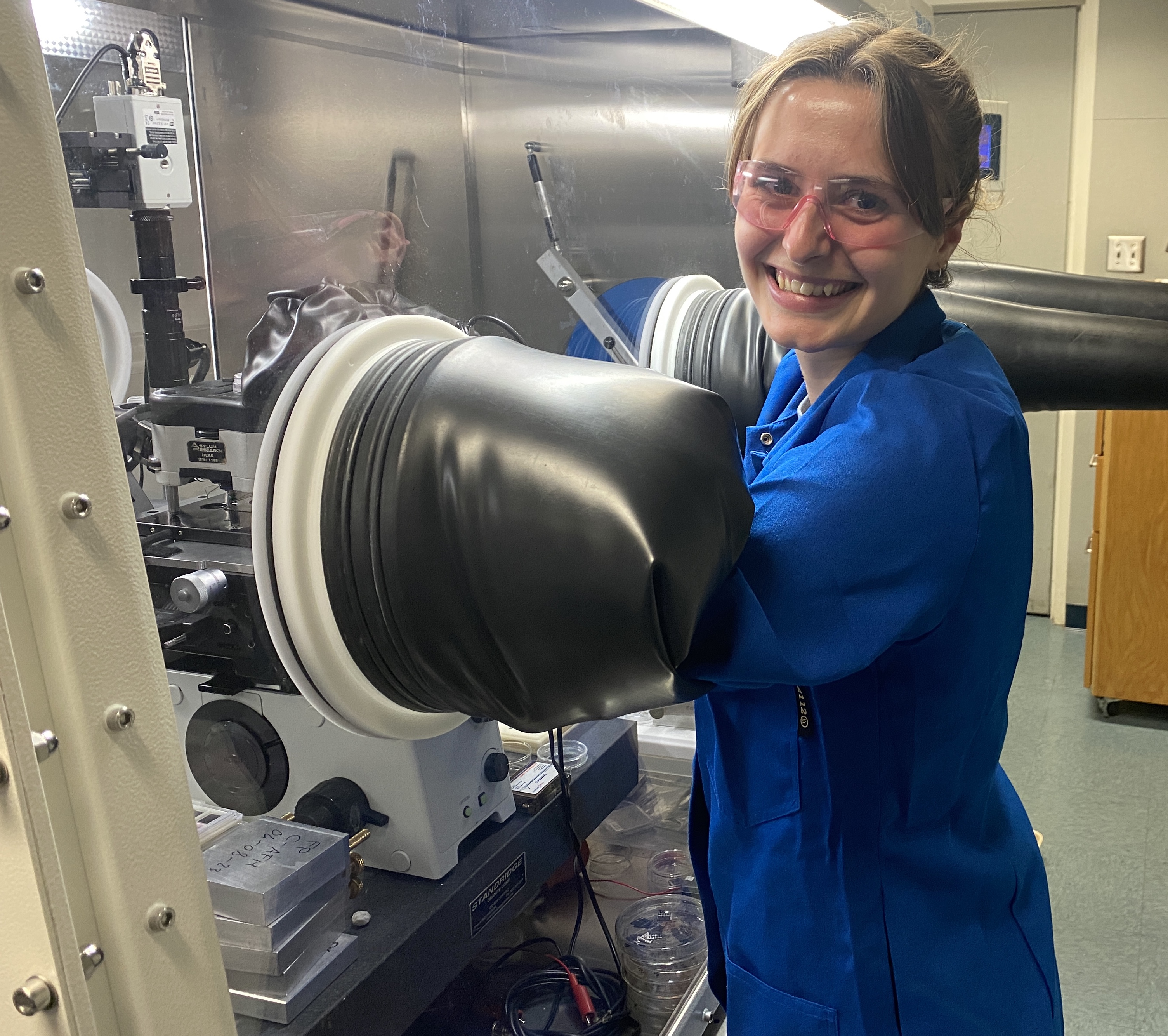
Organic mixed ionic electronic conductors (OMIECs) are soft semiconductive materials able to either solvate mobile ionic species or incorporate them into their structures. This allows them to have a variety of applications including the potential for incorporation into batteries and bioelectronic devices. One type of OMIECs are conjugated polyelectrolytes (CPEs), which are comprised of a conjugated polymer backbone and charge-functionalized alkyl side chains and counterions. In order to effectively utilize these materials in electronic devices, their ionic transport must be characterized. Unfortunately, the presence of both ionic and electronic properties complicates the measurement of ionic conductivity. As a solution, it has been demonstrated in prior work that Scanning Kelvin Probe Force Microscopy (SKPFM) is an effective technique for the measurement of ion transport. In SKPFM, a conductive atomic force microscopy tip is used to measure the contact potential relative to a sample surface. In this work, SKPFM is used to study the ion transport in devices comprised of a CPE channel between two gold electrodes on a glass substrate. The gold electrodes are fabricated through thermal evaporation using a 25 μm shadow mask that defines the channel area, and the film is fabricated through spin-coating. A bias stress is applied onto the device and the ion mobility is deduced by modelling the time-dependent ion relaxation in the film. This analysis is applied to a series of CPEs comprising different counterions to gain insight on the effect of counterion size on the ionic mobility.